PROTECT YOUR DNA WITH QUANTUM TECHNOLOGY
Orgo-Life the new way to the future Advertising by AdpathwayDon’t worry if you just discovered some cat poop in your garden beds. There are ways to remove it and prevent it from harming your garden. But cats are also creatures of habit. They’ll return to the site if it remains undisturbed.
Preventing them from getting into the yard is a good place to start. There are some other clever methods to lure and distract cats, like motion detectors and trap crops. Using a wide variety of techniques, we’ll ensure the local felines put a stop to their pooping habits in the garden beds.
Cat poop in garden beds can carry toxic diseases like salmonella, toxoplasmosis, and intestinal parasites. It’s not just unsightly and smelly; it’s not safe to have the poop in the beds. Remove it promptly, then work to prevent the pooping from happening again.
Clean It Up
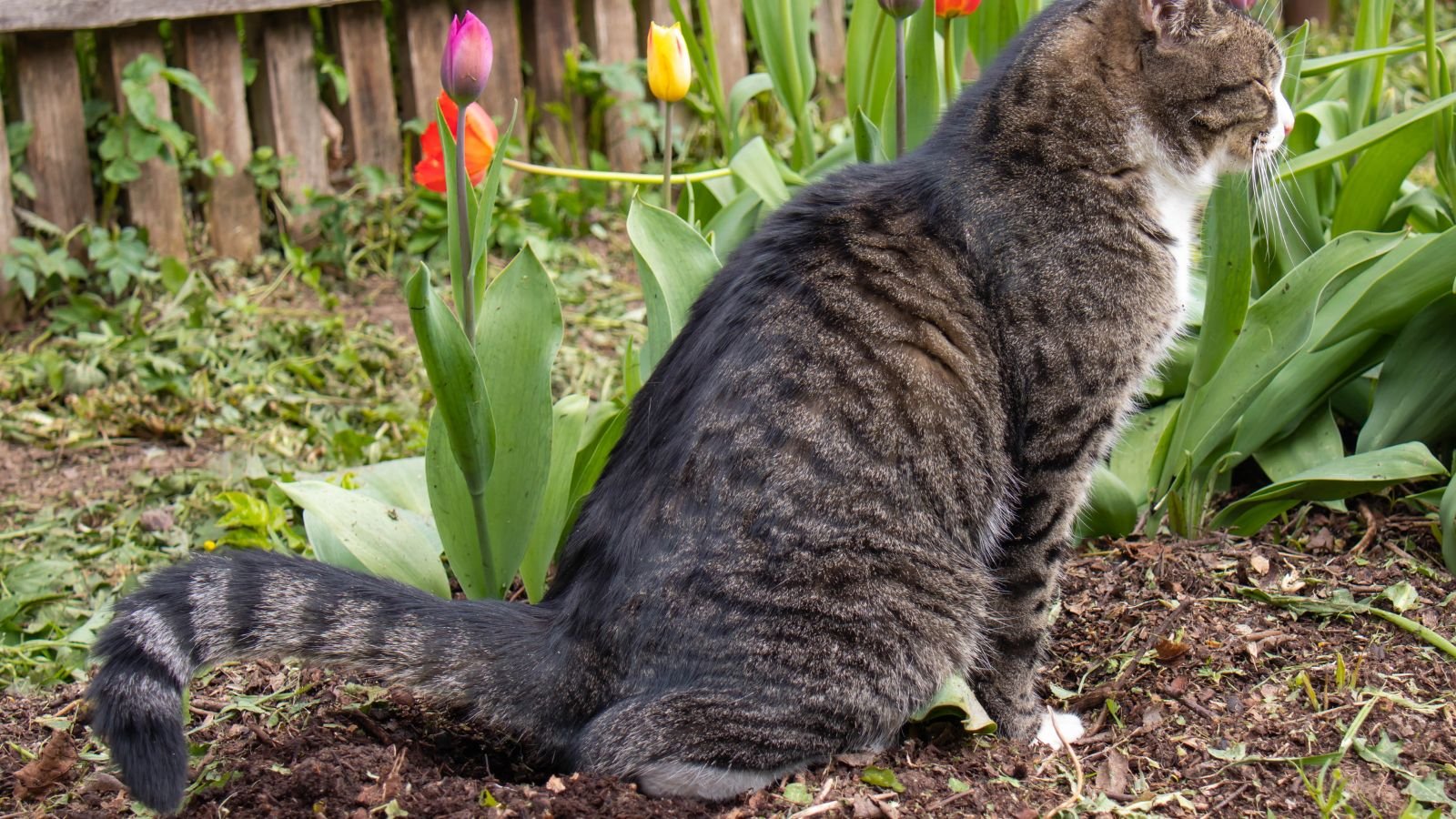 The first step is to clean it up.
The first step is to clean it up. Start by cleaning up cat poop in garden beds. Put on gloves to protect yourself, and use a shovel to scoop it off the dirt. Remove some of the surrounding dirt where the poop was, then add plenty of mulch over the area. Dispose of the cat’s poop in a bag in your outdoor waste bin.
Cat pee is a bit different. Natural rainfall will leach it out of the soil during wet seasons. When it’s dry, leave a hose on low for an hour or longer to trickle the pee from the soil. Small amounts are generally harmless, though frequent visits create large amounts that harm the surrounding plants and soil organisms.
Discard surrounding leafy greens and root crops that sit near the poop. Tall crops, like corn, tomatoes, and peppers, are safe to eat as long as they’re not touching the dirt.
Safeguard the Garden
Protecting the garden is crucial in preventing other people’s pets from entering your yard. You don’t want to harm the animals, but you do want to keep them out of the beds. Use the following techniques to lure curious cats away from your precious crops.
Seal Up Loose Entrances
 Control where cats can roam in the garden.
Control where cats can roam in the garden. To deal with cat poop in garden beds from a prevention perspective, start by securing the yard. Patch up loose planks in your fence, and consider adding wire mesh to the top of it to prevent the cats from walking on it.
If your yard is huge, consider fencing up the area where the vegetable garden beds are. Keep those safe, and let the cat roam the other parts of your yard.
Cats are inventive creatures. They’ll scale many “unscaleable” surfaces, and they may climb to epic heights. Start by protecting a small portion of the garden where they frequently poop, then go from there.
If it’s a small area, simply place a wire basket or container over the dirt. Cats like sandy, loose dirt they can easily scatter with their paws. Protect the areas they frequent and the ones you expect them to relocate to.
Use a Trap Crop
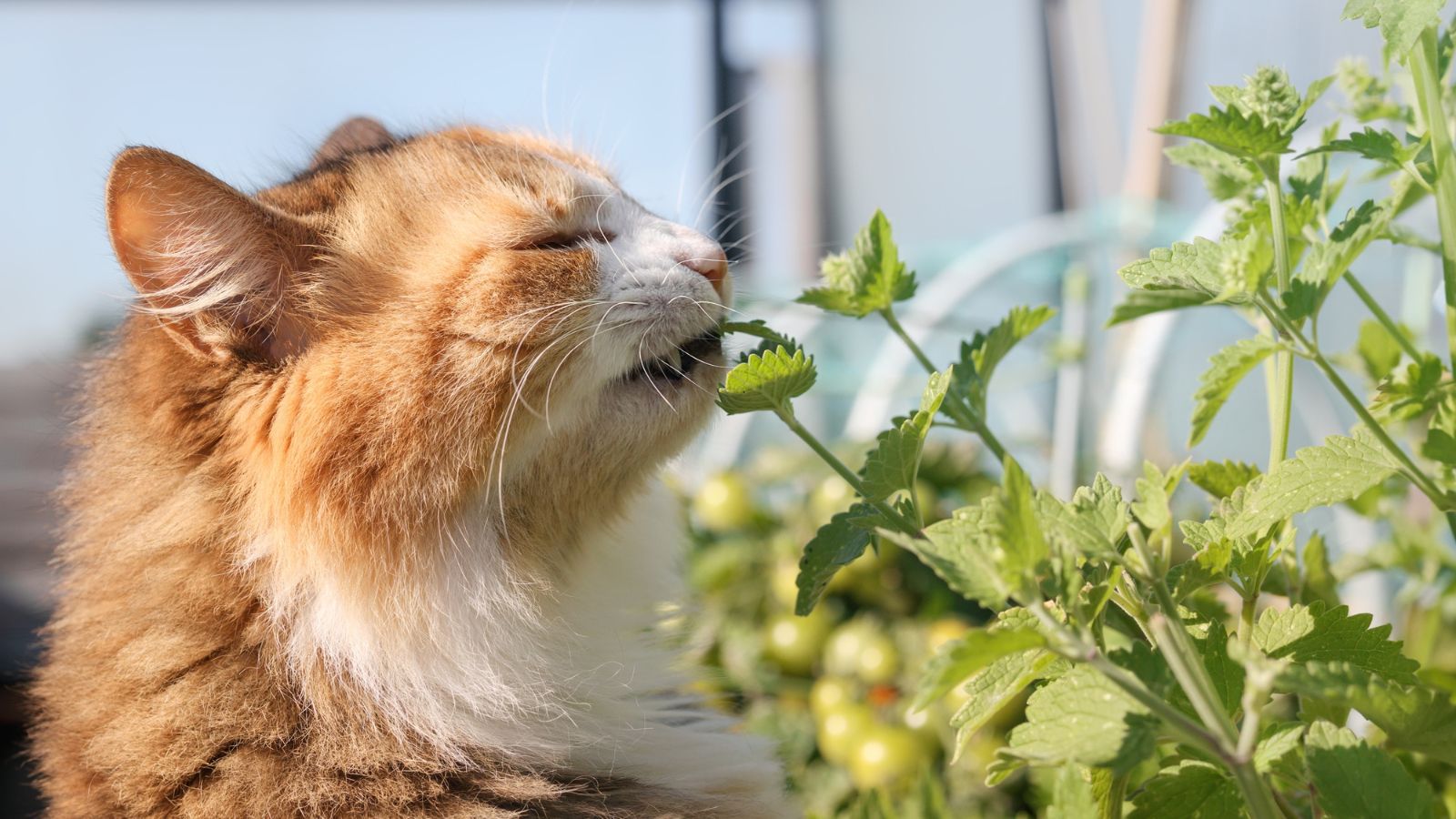 Draw cats to other areas of the garden instead.
Draw cats to other areas of the garden instead. Catnip is a cat’s best friend. This plant, known botanically as Nepeta cataria, is a mint relative with a strong, lemony scent. It drives a cat wild! Upon eating it, the creature enters a frenzy or a lax snooze.
Using catnip to your advantage is the solution. Plant catnip seedlings far away from the edible garden beds, like in a secluded portion of the back yard. The cats will likely forget all about their pooping spots, especially if you cover them up.
Catnip is a perennial for growers in USDA hardiness zones 3 and warmer. If you have kitties yourself, you may pick the leaves and give them to your pets as a treat. They also make a pleasant, lemony tea that’s delicious in the summertime.
Install a Noise Machine
 Noise machines keep unwanted cats out of your garden.
Noise machines keep unwanted cats out of your garden. My neighbor uses these machines to keep pets out of her yard. A noise machine emits a high-pitched frequency that scares pets and animals away from the site. It’s not harmful, and it’s just strong enough to be unpleasant.
The strong noise radiates after the machine senses movement. Repeated encounters with this high-pitched noise will train cats to stay out of the area, preventing cat poop in your garden beds. They dislike the noise, and it causes them to be extremely alert instead of relaxed.
You may need multiple noise machines depending on the size of your garden. Add them wherever the cat leaves its poop, and move them around as necessary if the cat moves its pooping spot.
Add a Motion-Activated Sprinkler
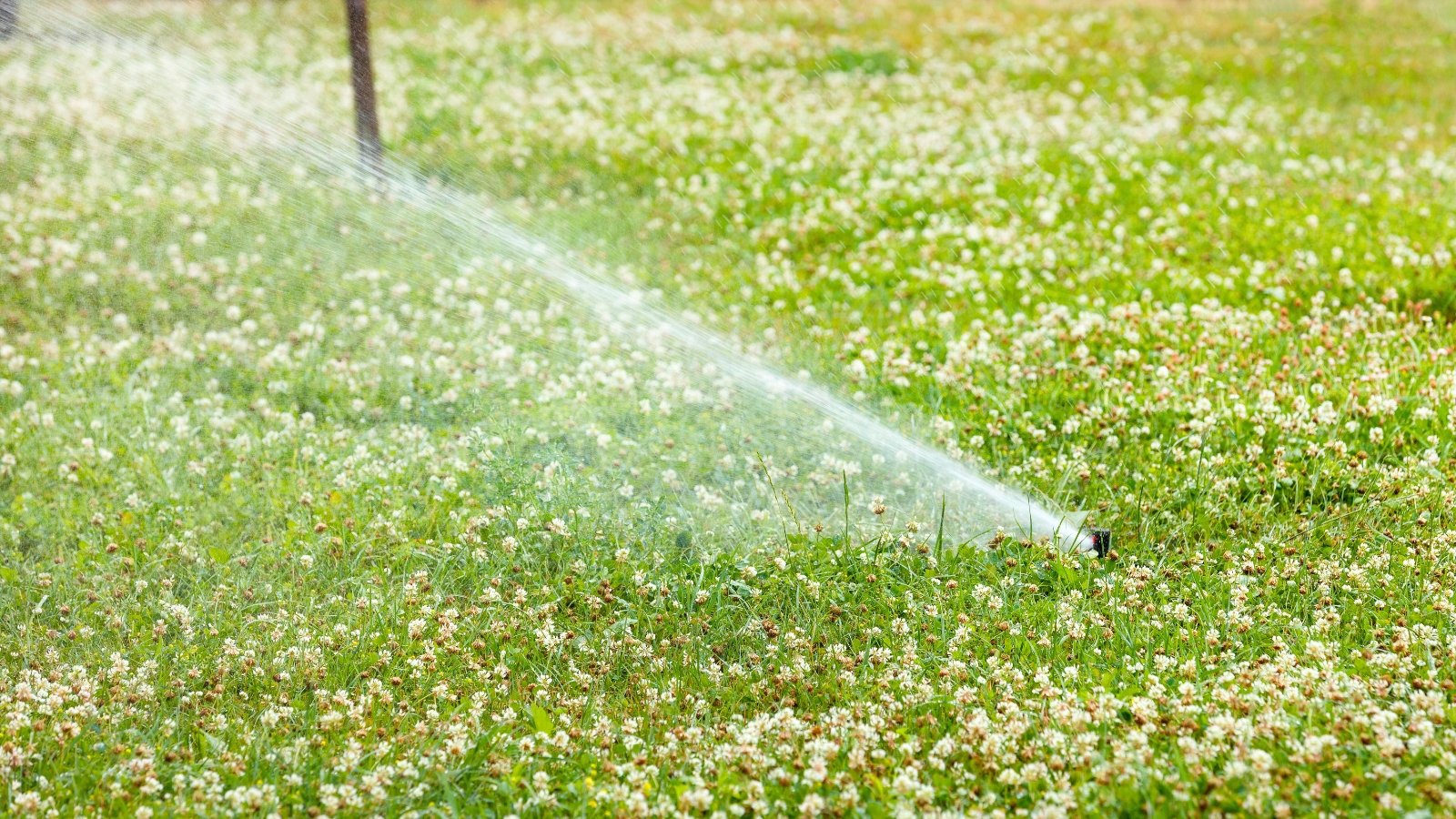 Use sprinklers that react to movement.
Use sprinklers that react to movement. Motion-activated sprinklers work similarly to noise machines. They react to movement, and they turn on whenever a cat enters the area. Position them so the spray hits the beds, then wait for the results.
Cats notoriously hate getting wet against their will. This is a method that’s guaranteed to work. After one or two encounters with the unexpected spray, the pooping cats will move on to the next neighbor’s yard.
Some of these sprinklers turn off automatically, while others have a manual shut-off. Use automatic ones if you’re away from the garden, and choose cheaper manual ones if you’re near the area during the day.
If you’re able to, spend more on the automatic one so you don’t have to worry about water waste. It’s a chore to have to turn off a sprinkler in the middle of the night!
Place Sticks in the Dirt
 Sticks take up space in garden beds.
Sticks take up space in garden beds. This unusual method relies on upright sticks to prevent a cat from stepping on the beds. Use sticks lying around or wooden chopsticks. They should be at least six inches or longer.
Stab a stick every few inches throughout the garden. Don’t stab your plants. Jab the sticks so they’re halfway below ground and sticking out of the soil.
When a cat finds their pooping spot full of sticks, it won’t know what to do. It’s near impossible for it to do its business with a bunch of upright sticks in the way.
Cover the Beds
 Row covers also protect your plants from pests.
Row covers also protect your plants from pests. This last step is one of the most helpful. Rather than letting a cat roam as it pleases in your bed, use a floating row cover or greenhouse plastic to prevent it from entering. Covering the garden won’t allow the cat to dig in the dirt near your crops.
Instead of protective covers, you may also add a thick layer of chunky mulch over bare, sandy soil. Use wood chips in ornamental beds with woody shrubs, and opt for straw in the vegetable plots. A thick layer of fallen leaves works well, too.
Once you break the cat’s habit, it’s unlikely it’ll return to the spot. Put in some work now, and it’ll go about its business elsewhere in the future.


 2 days ago
23
2 days ago
23
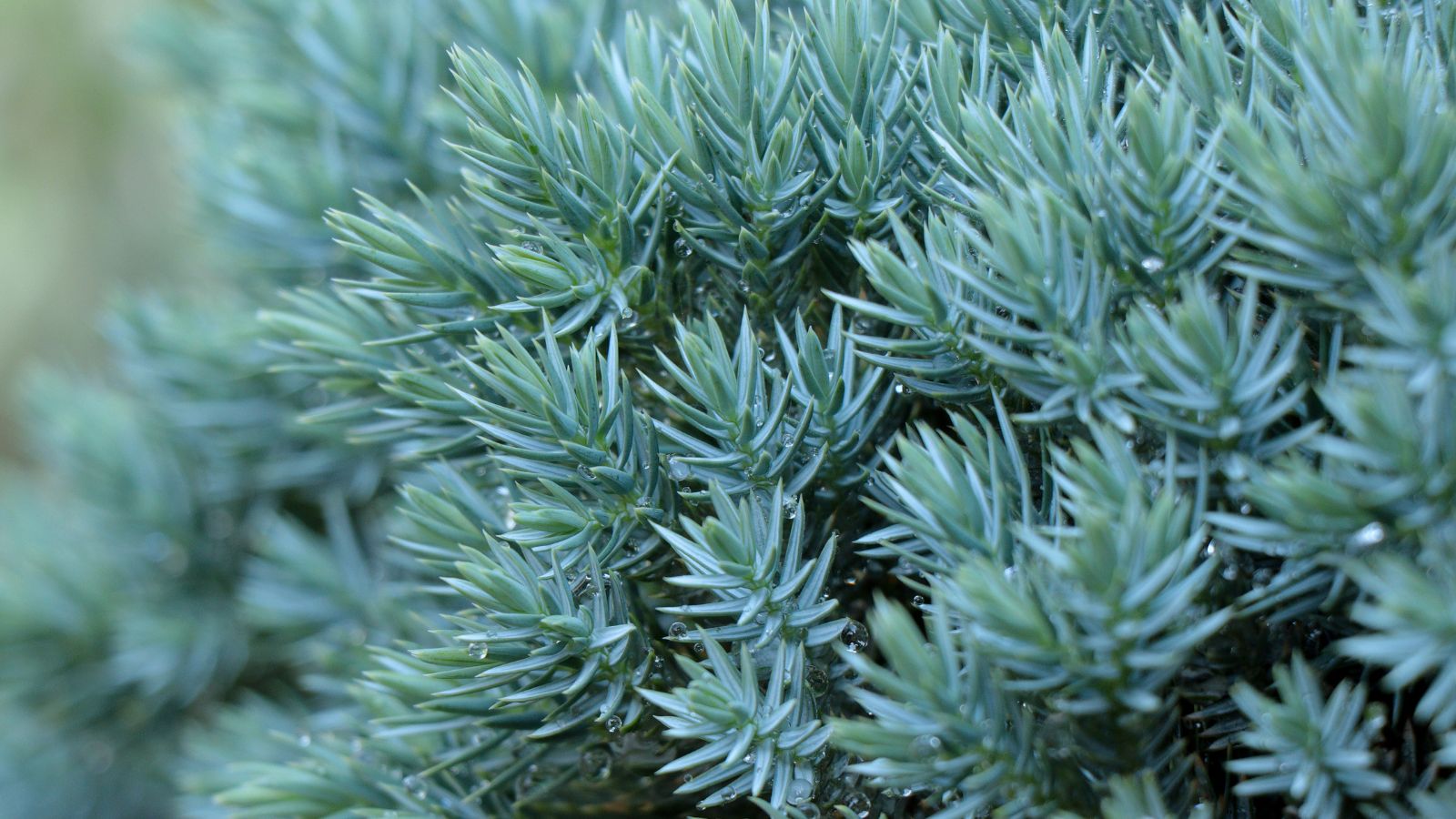

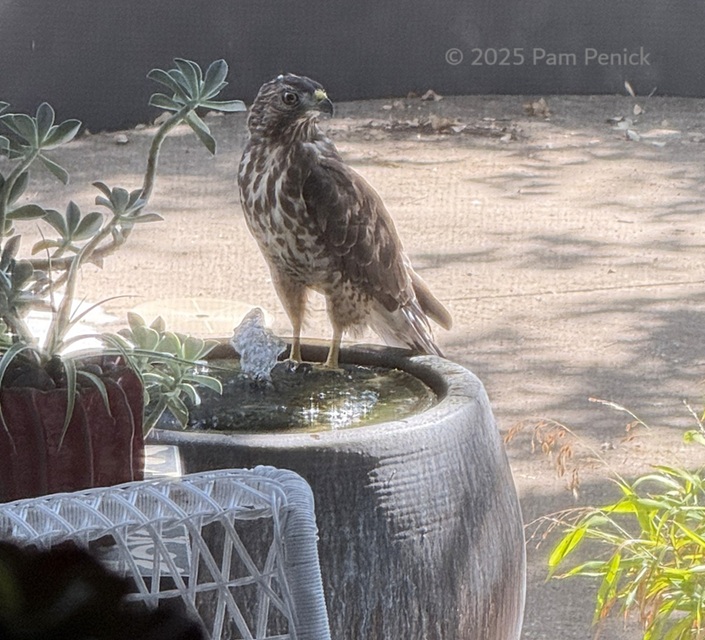
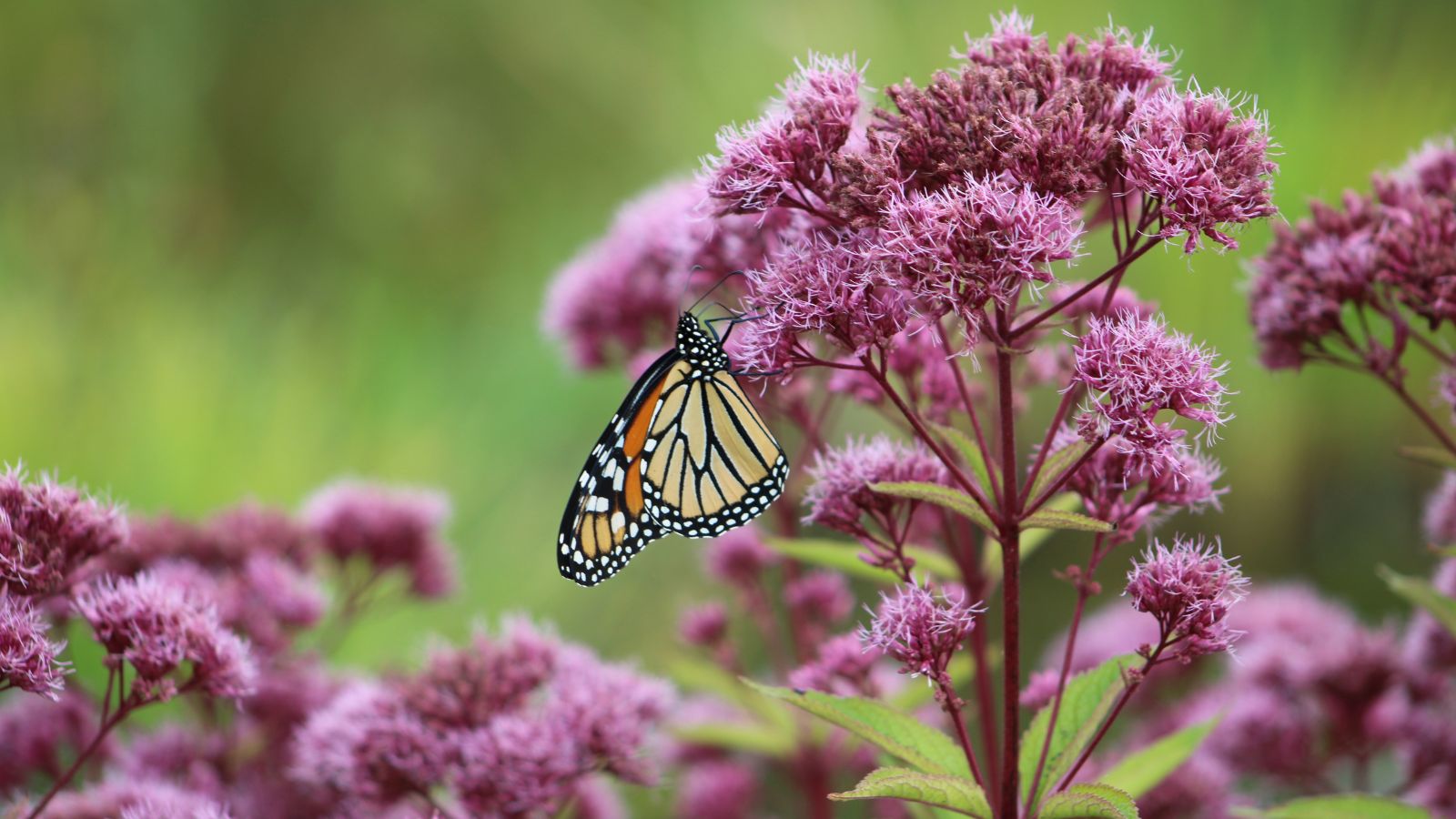

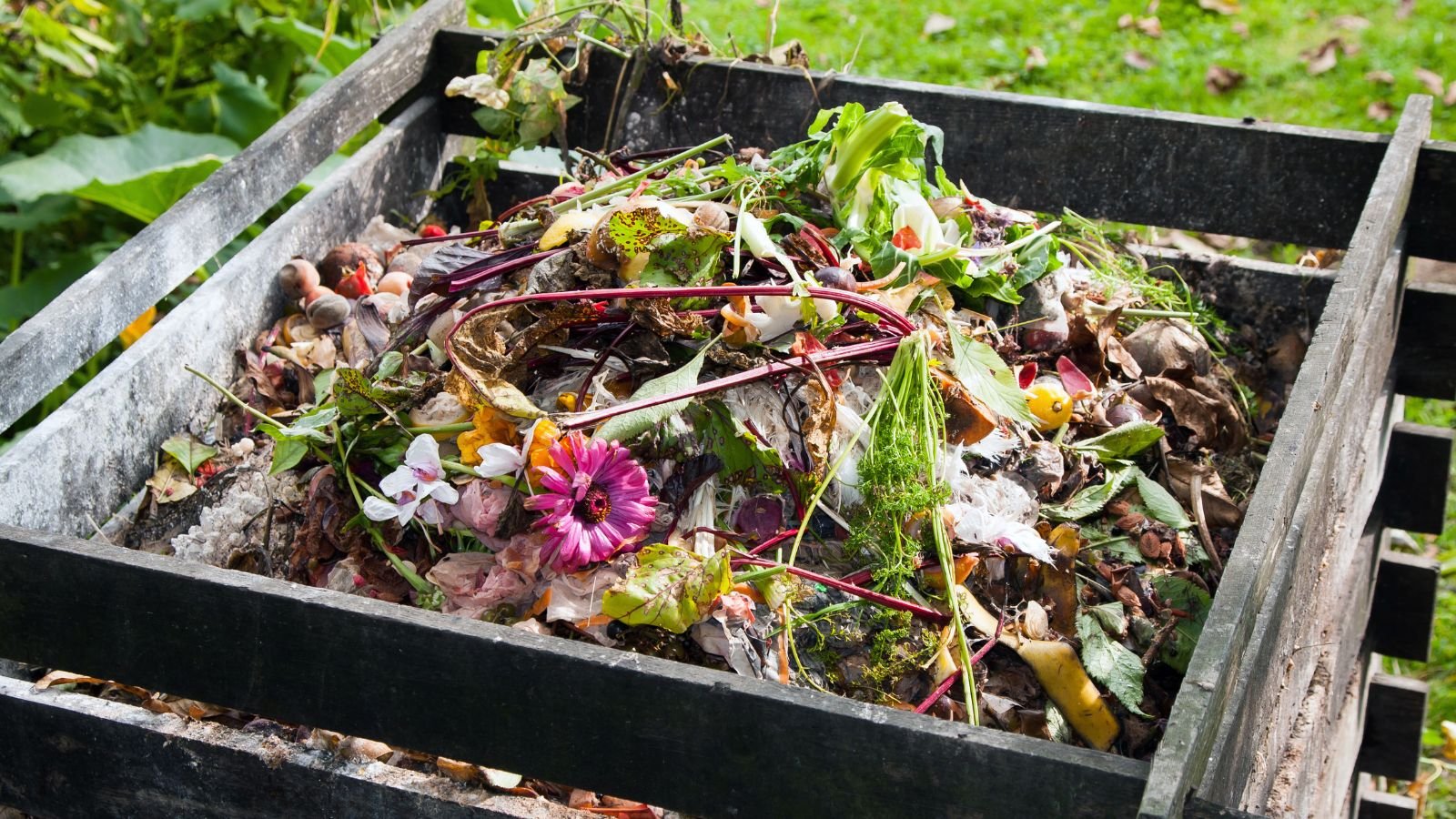















 English (US) ·
English (US) ·  French (CA) ·
French (CA) ·